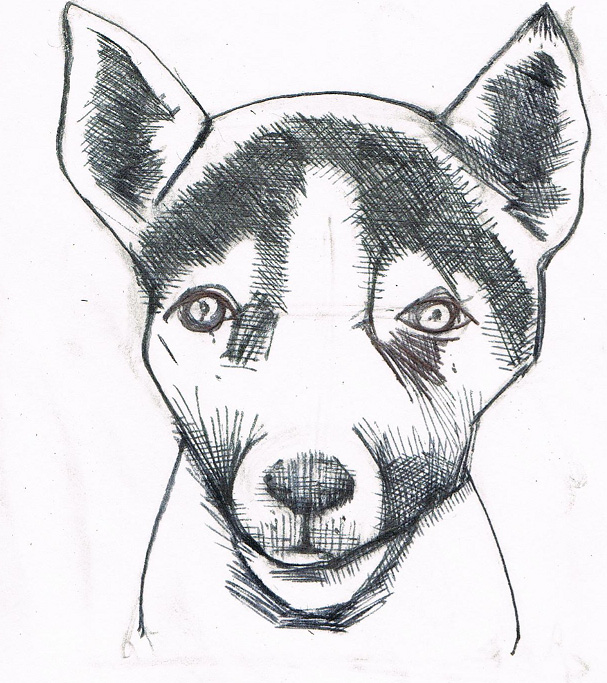9
Woodchucks are also known as whistle pigs, land beavers and groundhogs. Puxatawny Phil is not related to us, but some of our cousins search for their shadows in early February each year. Most of our family are snoozing. Our scientific name is Marmota monax, and we are rodents of the family Sciuridae, belonging to the group of large ground squirrels known as marmots. We are vegetarians –
probably even vegans – who survive on people’s gardens, weeds and flowers. We’re not quite omnivores, but there is little vegetation we won’t eat. Just ask homeowners. Because of these eating habits, we are quite healthy, although you wouldn’t think so from the way we waddle. Don’t be fooled as we can move quite fast when we have to since 39
we’re allergic to bullets.
The reason we look like we should be contestants on The Biggest Loser most of the year
– but especially in the fall – is because we need to store enough in our bodies to get us through the winter. Depending on where we reside, we may sleep most of the snowy season. We’re not crazy about the cold so we just hibernate and completely forget about all the Black Friday and Boxing Day sales. By February, we may have lost as much as half our body weight – you would too if you fasted for so many months.
I mentioned my distant cousin Bucky earlier. Beavers are of the genus Castor, and they are primarily night creatures. Beavers are semi-aquatic, meaning they’ll swim when they have to, but probably won’t try out for the swimming team.
Castor canadensis is native to North America –
that’s Bucky – and his kind are known for building canals, dams and lodges. I wonder if his family did the buildings in the National Parks for the tourists.
After the capybara, the beaver is the second-largest rodent in the world. Their dam projects are initiated for protection against predators. Around twenty years ago, the number of beavers in North America was about nine million, although it was once seven times that. This decline had to do with the fact that they couldn’t join the NRA. Predators took their fur as well their glands, which are used 40
for cosmetics and medicine. Another factor in their demise was flooding, caused by lumber companies cutting down trees.
My friend Annabel is also described as a canine, more scientifically known as Canis lupus familiaris. Beagles are small dogs, members of the Hound Group – that sounds like an investment firm
– and have been around for over 2000 years. They have an even temper and few health problems.
Beagles are known for their keen sense of smell, which they use to track rabbits and other small game. Because of their size, they have to be on the lookout for predators, such as hawks who can swoop down to snatch them away from their masters.
Her friend Purrrl – she has so many R s in her name because she knows Vanna White – is scientifically known as Felis silvestris catus. She is a few years old but her species has been hanging around humans for almost 10,000 years.
Dan and Denise belong to the family cervidae, which includes moose, red deer, reindeer, roe and chital. Muntjac and water deer are from related families that are considered to be deer. The wild turkey (Meleagris gallopavo) is the same species as the turkey that people across the United States have at their dinner table on Thanksgiving Day. The larger birds are the males, who weigh from eleven to twenty-four pounds, about twice that 41
of the females. Besides the difference in weight, the males are distinguished by their beards, which can also be found on a few females. As in most species of birds, females have a great deal less color than the males.
Wild turkeys can run twenty miles per hour.
That’s almost flying, but they can do that too, at the rate of fifty miles an hour. These creatures roost in the branches of oak and pine trees, feeding on nuts, berries, grasses and insects. The little ones are called poults and their mom can lay fifteen eggs at a time, so they don’t need to worry about what to have with ham at breakfast.
The robin ( Turdus migratorius) is a member of the thrush family and loves to sing, especially when the sun first makes an appearance. Some say that seeing a robin indicates the first sign of spring.
They can be found throughout North America, though they winter in warmer climates, like Mexico, California and Florida. Connecticut, Michigan, and Wisconsin claim it as their state bird.
Robins search for beetles and grubs for meals and also eat fruits and berries. In turn, hawks, cats and larger snakes are the adult robin’s predators.
42

43
44




